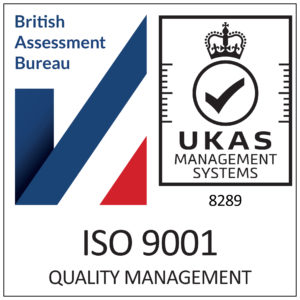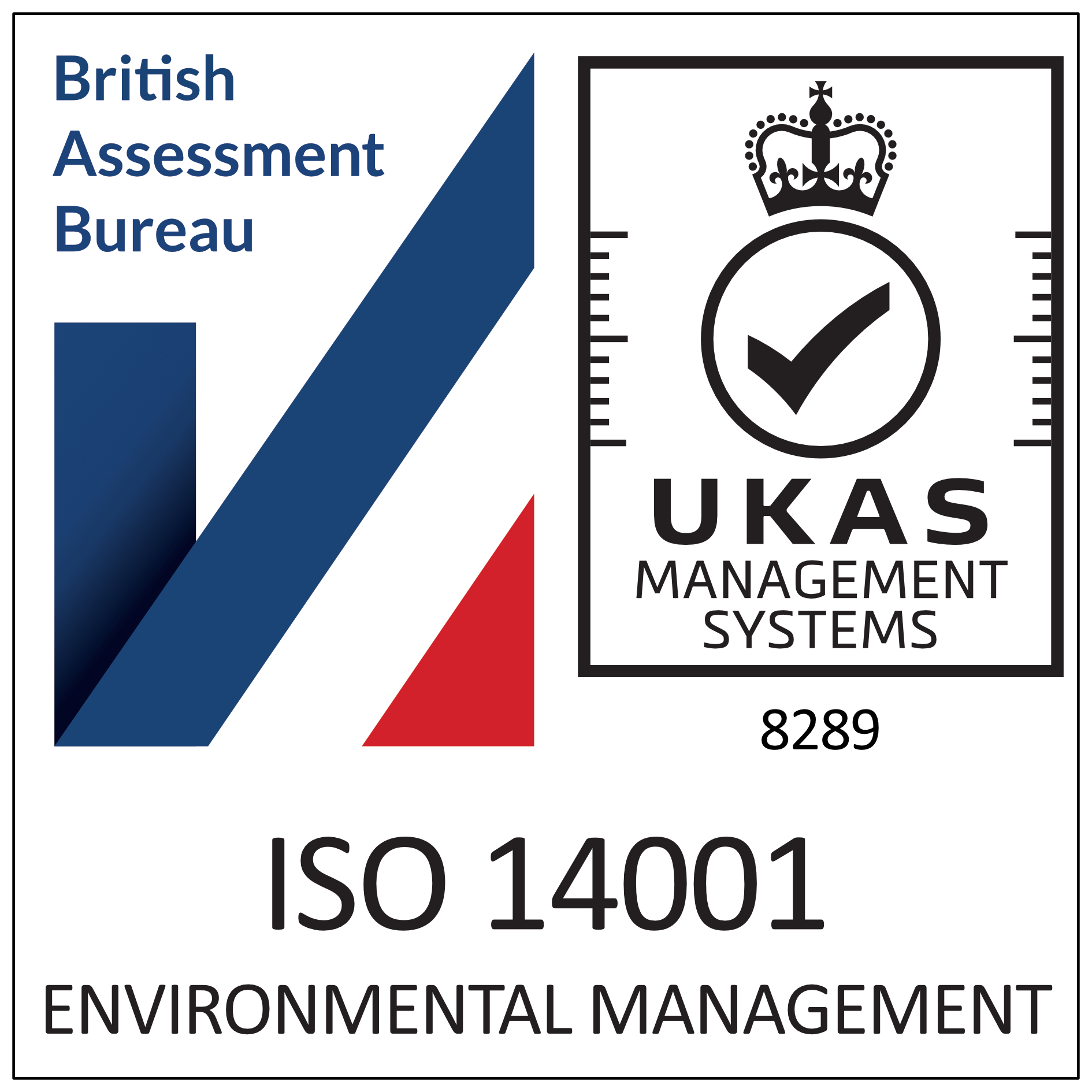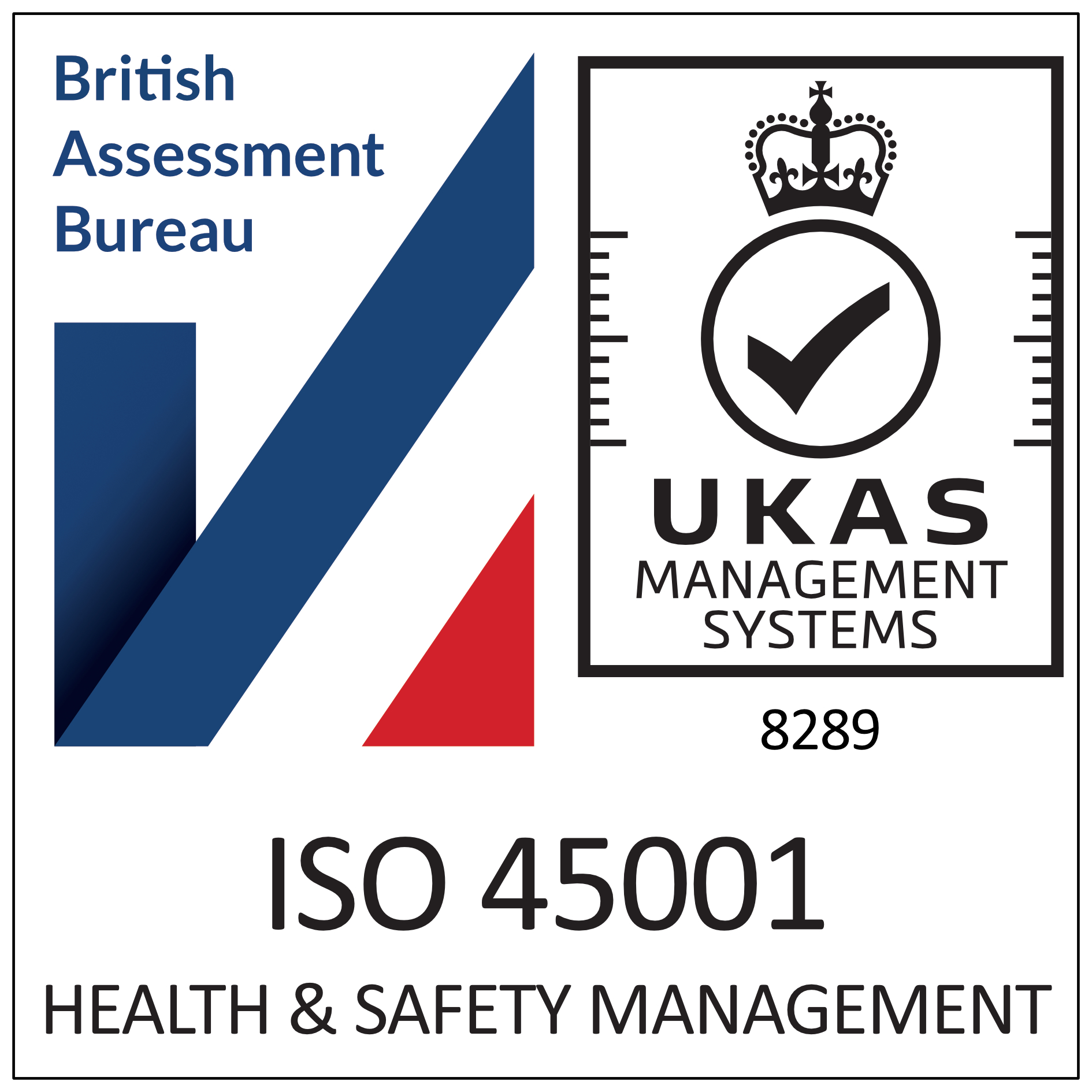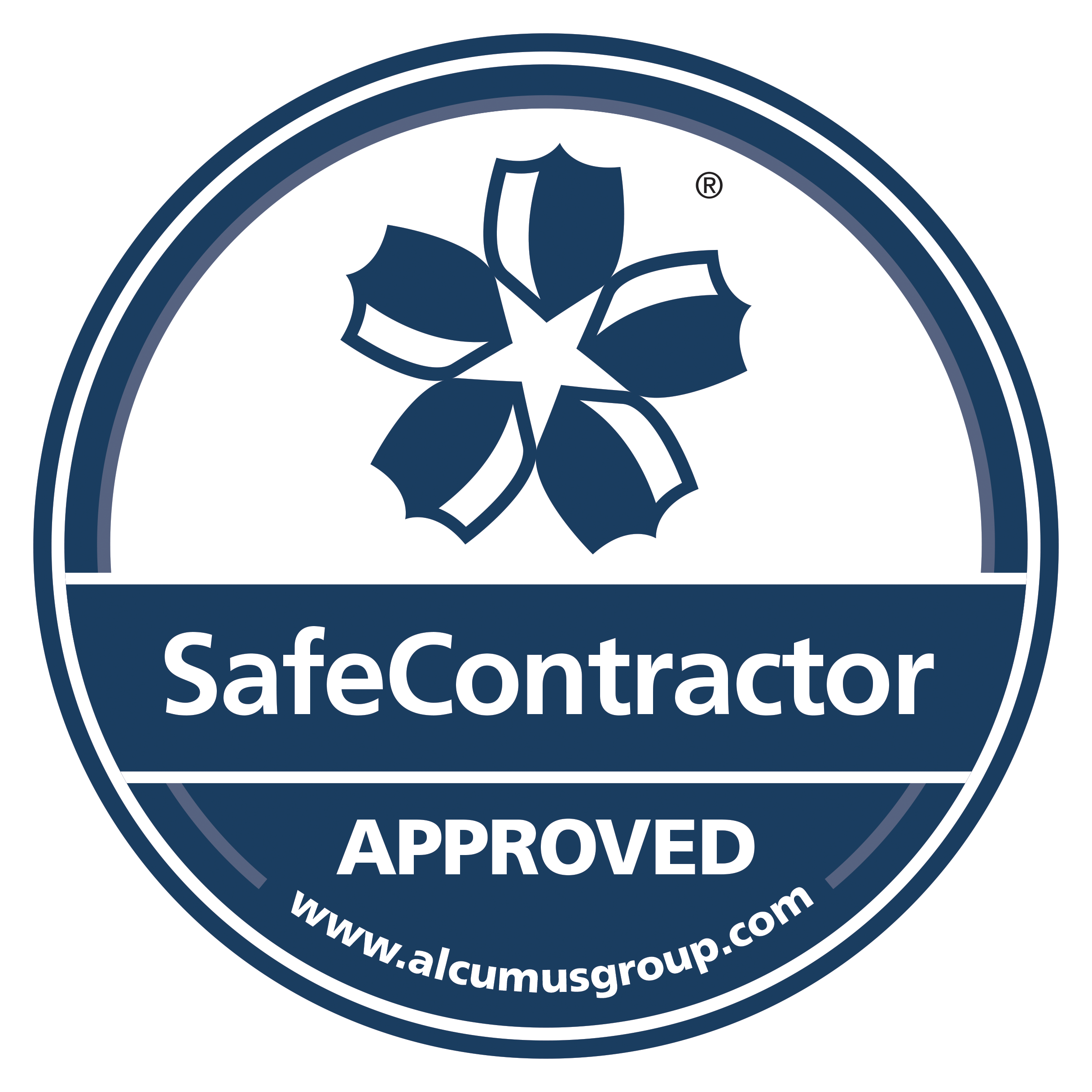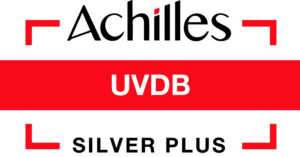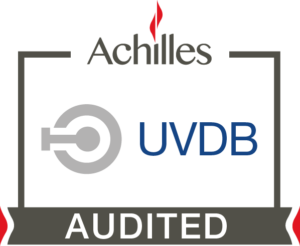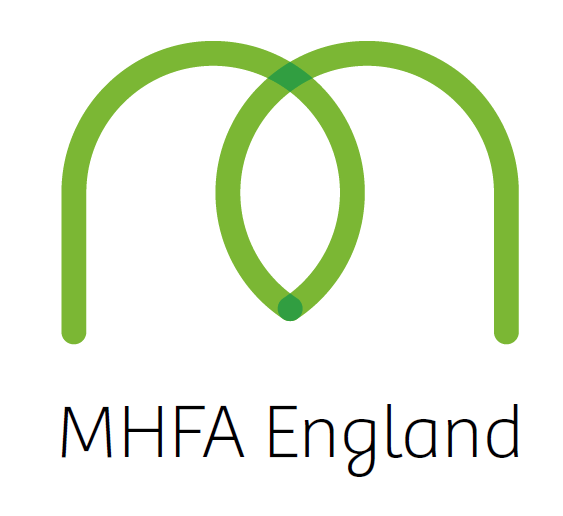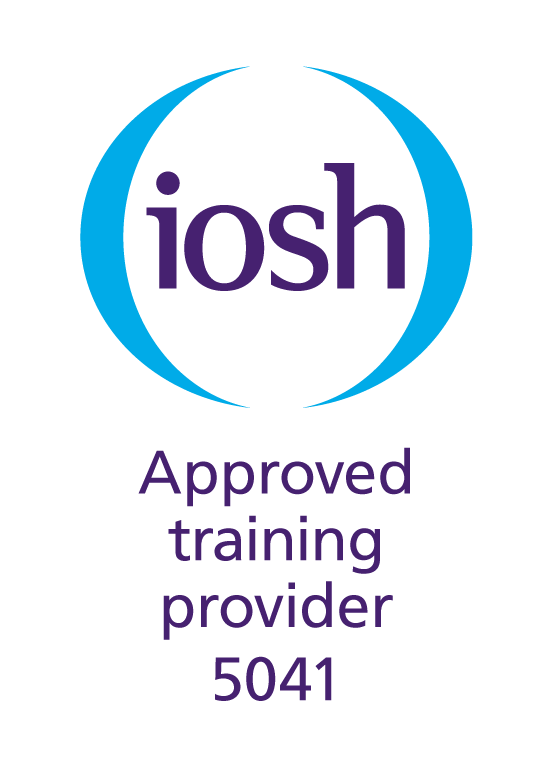Respiratory Protective Equipment (RPE) - The basics
Work activities may result in harmful substances contaminating the air in the form of dust, mist, gas or fume. For example:
- cutting a material such as stone, concrete or wood
- using a liquid containing volatile solvents
- handling a dusty powder
Workers may also need to work in areas where oxygen levels are low, for example: confined spaces, such as a chamber or tank.
RPE is designed to protect the wearer from these hazards.
You will require RPE that is adequate and suitable to ensure the wearer is protected. This means:
- Adequate – It is right for the hazard and reduces exposure to the level required to protect the wearer’s health.
- Suitable – It is right for the wearer, task and environment, such that the wearer can work freely and without additional risks due to the RPE.
To select RPE that will protect the wearer you will need a basic understanding of:
- the hazardous substance and the amount in the air (exposure);
- the form of the substance in the air (eg gas, particle, vapour);
- the type of work being carried out;
- any specific wearer requirements, such as other PPE or a need for spectacles.
For further information on RPE, and the importance of face fitting, please call Face Fit Testing UK on 01903 944700 or email us on info@facefittestinguk.co.uk
Source: http://www.hse.gov.uk/respiratory-protective-equipment/basics.htm


